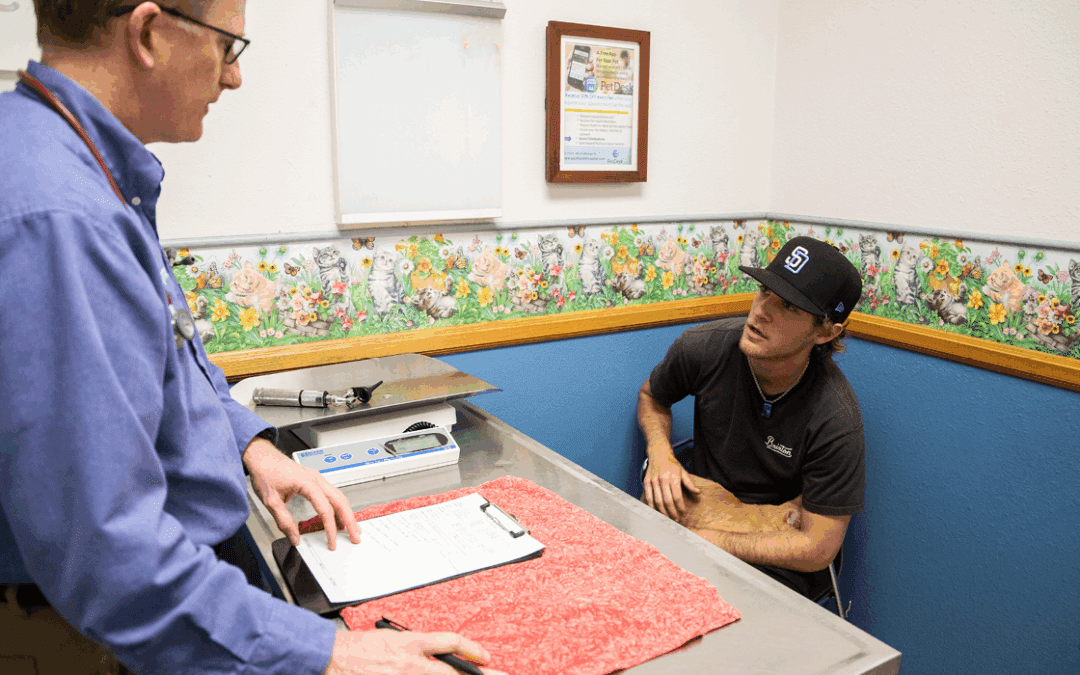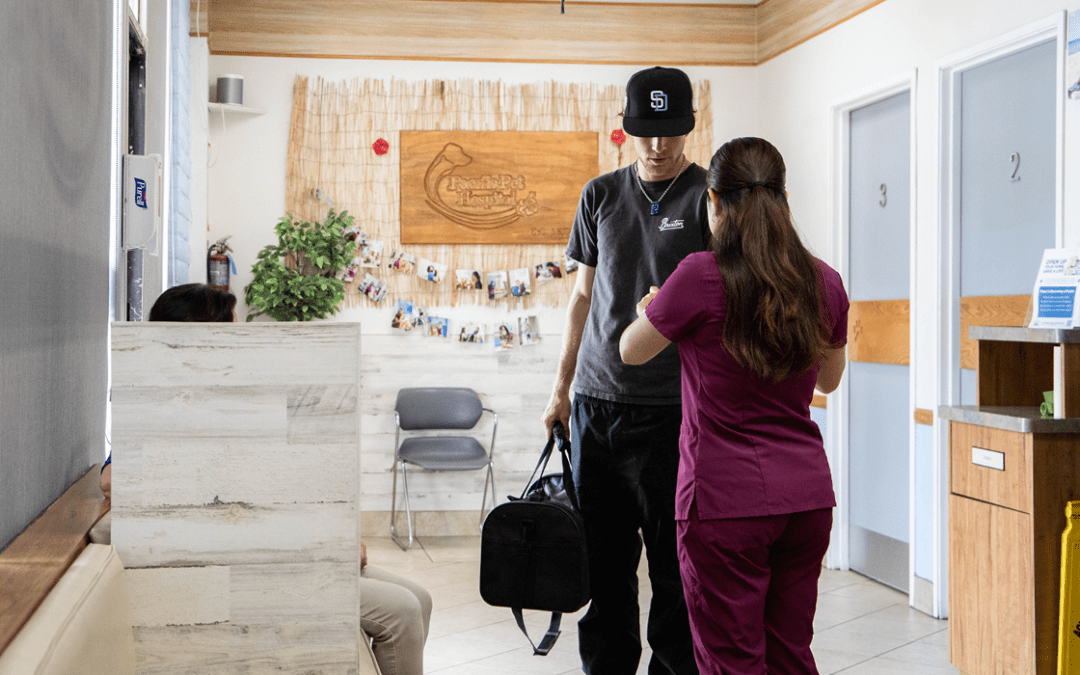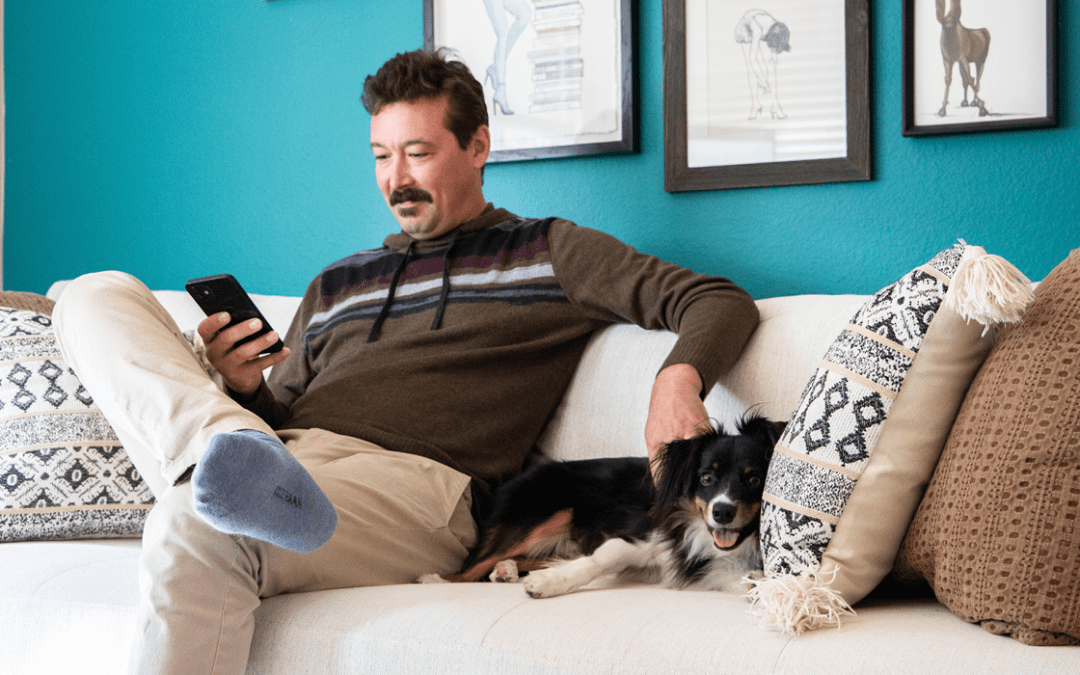It’s exhausting to live in a world with such unpredictability. If you had told me in January that the veterinary telemedicine Facebook group I created in 2018 would go from 2 members to 3,000 in a matter of days, I’d have laughed. If you had told veterinarians in March, as they locked doors and laid off staff, that they would be looking at revenue increases over 25% by the end of the summer- they might not have believed you.
As stressful and upending as 2020 has been for all of us, there is much we have learned that can be used to improve what we do best- help pets and the families who love them. Veterinary medicine has, somewhat unexpectedly, been one of the strange success stories of the year. Shelters emptied as people looked for quarantine companions, newly housebound workers are noticing symptoms overlooked in their pets for months, and the end result is that veterinary offices are totally swamped.
This chaotic time has exposed both our shortcomings and our opportunities. For those of us dedicated to exploring technology to improve the delivery of healthcare to pets, our hopes for the future quickly turned today’s reality. While we couldn’t have anticipated the specific problems a pandemic would bring, we do know exactly how to use tools already at our disposal to smooth the bumps and get veterinary care to those who need it. The pandemic is forcing us apart at the same moment technology allows us to be closer than ever. We just need to learn what that looks like.
The Veterinary Virtual Care Association
In March, a group of highly respected colleagues invited me to be one of the founding board members of the Veterinary Virtual Care Association. In the space of just a few months, we put together the first-ever Veterinary Virtual Care Summit to provide continuing education on a topic that’s become suddenly relevant.
There were several challenges making this event unique. Firstly, virtual care is an emerging field without an established roster of experts, so a good amount of research went into creating the program. Second, the entire event had to be virtual- and no one had actually done that yet. Our panelists were all over the country in different time zones, as was the technical team. And somehow, it all came together.
I can’t tell you what my favorite part of the event was, considering it was all so new and different and useful, but I can share my biggest takeaway from attending:
- People will pay for virtual care. Despite the fears of so many that clients won’t pay for something they’ve been getting for free for years, the clinics who’ve forged ahead all say the same thing: go for it. Clients, especially now with human telemedicine taking off, understand that our time has value.
- This is a team effort. While virtual care so often focuses on the veterinarian and the possibilities for telemedicine, so much of your virtual care success depends on the technicians and CSR. Technicians are invaluable when it comes to triage and assessing the urgency of a case, and your CSRs can utilize communication tools like PetDesk to streamline the curbside check-in process and reduce the stress caused by overburdened phone lines.
- Telemedicine doesn’t result in substandard care. Of all the discussions and cases presented, no one ever suggested that a virtual visit is a substitute for an in-person exam. One of the tenets of veterinary virtual care—one central not only to improved outcomes but also remaining within individual state practice acts—is that you do not do anything you are not comfortable with as a clinician. It’s incredible how much good information you can get without violating any practice acts, compromising any patients, and getting everyone the help they need.
- It’s so much more than video calls. While much of the focus around telemedicine centers on the face-to-face live video calls, a huge portion of virtual care takes place via SMS/text or email– known as “asynchronous communication.” Clinicians who use asynchronous communication methods report very high satisfaction from both team members and clients, no phone lines, or cleaning up around the house for a video call required.
- Clients don’t want just any old information– they want it from you. Yes, people will go look things up online and bring up remedies they’ve learned from ‘Dr. Google,’ but once you have an established relationship built on trust, clients absolutely prefer to get their advice from you. And yes, they are willing to pay more for it.
Thanks to the support of our incredible sponsors, the entire 5.5 hours of CE were presented free of charge to all attendees.






